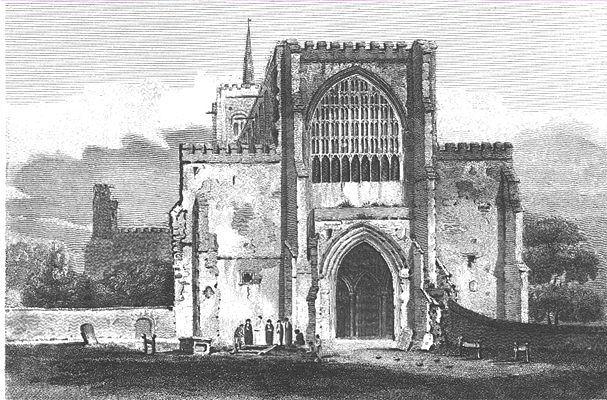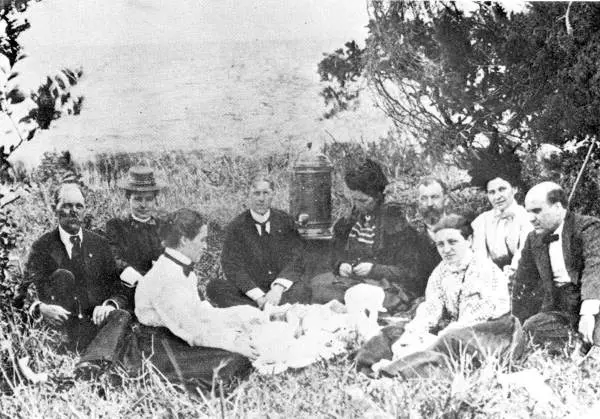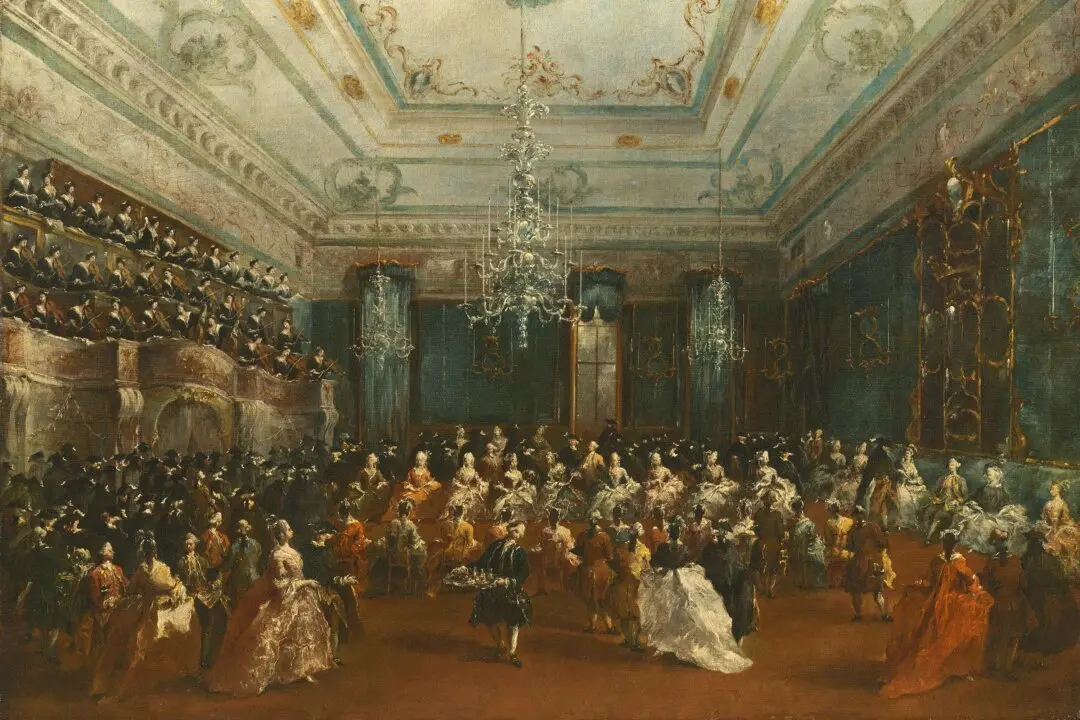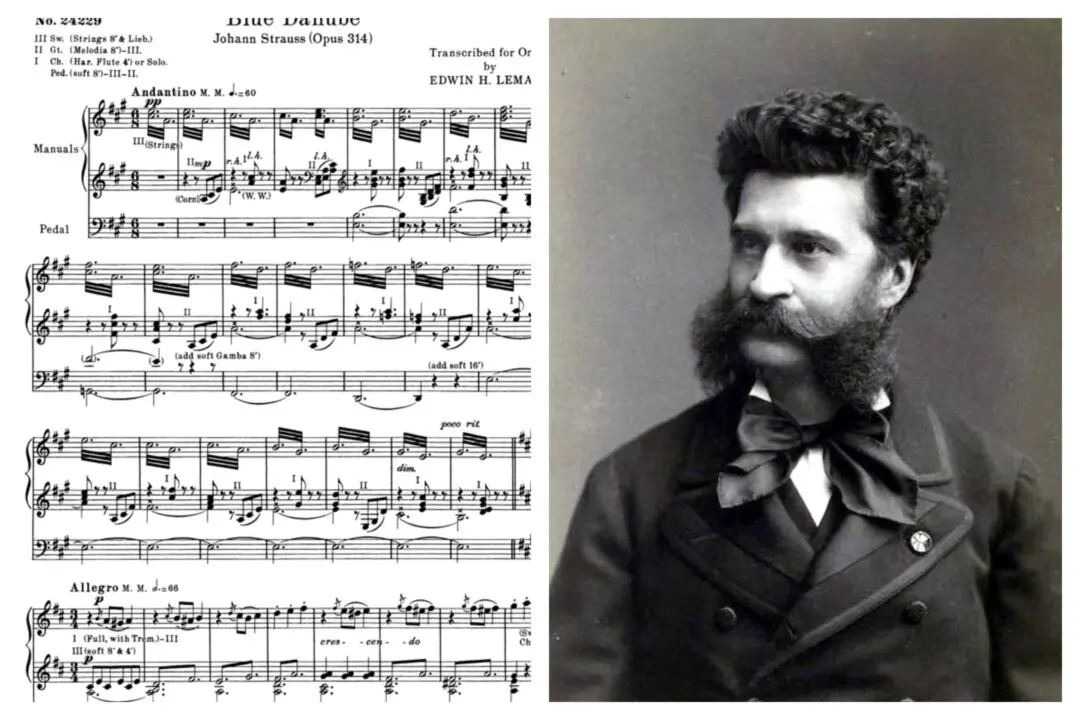In a long medieval poem “The Champion of Ladies,” (Le Champion des Dames, 1442), Martin Le Franc devoted a few stanzas to discussing the music of his time. Though the French poet vilified the English as oppressors, he reserved a few respectful words for at least one Englishman: John Dunstable. Le Franc refers to the French composers Binchois and Guillaume Dufay, who adopted “la contenance / Angloise”—the English countenance. These composers, Le Franc said, “followed Dunstable / Because of which wonderful delight / Makes their song joyful and remarkable.” Le Franc wrote during the Hundred Years’ War, when national animosity ran high. It is a testament to Dunstable’s skill and reputation that he could transcend local hatreds.
Though Le Franc wrote a massive 24,000-line poem about Joan of Arc, historians consider value his brief musical reflections to be more important. He wrote that Dunstable, Binchois, and Dufay invented a “new method” in music, governed by “fresh harmony / In music both high and low.” So what was this method developed by the first great English composer?





